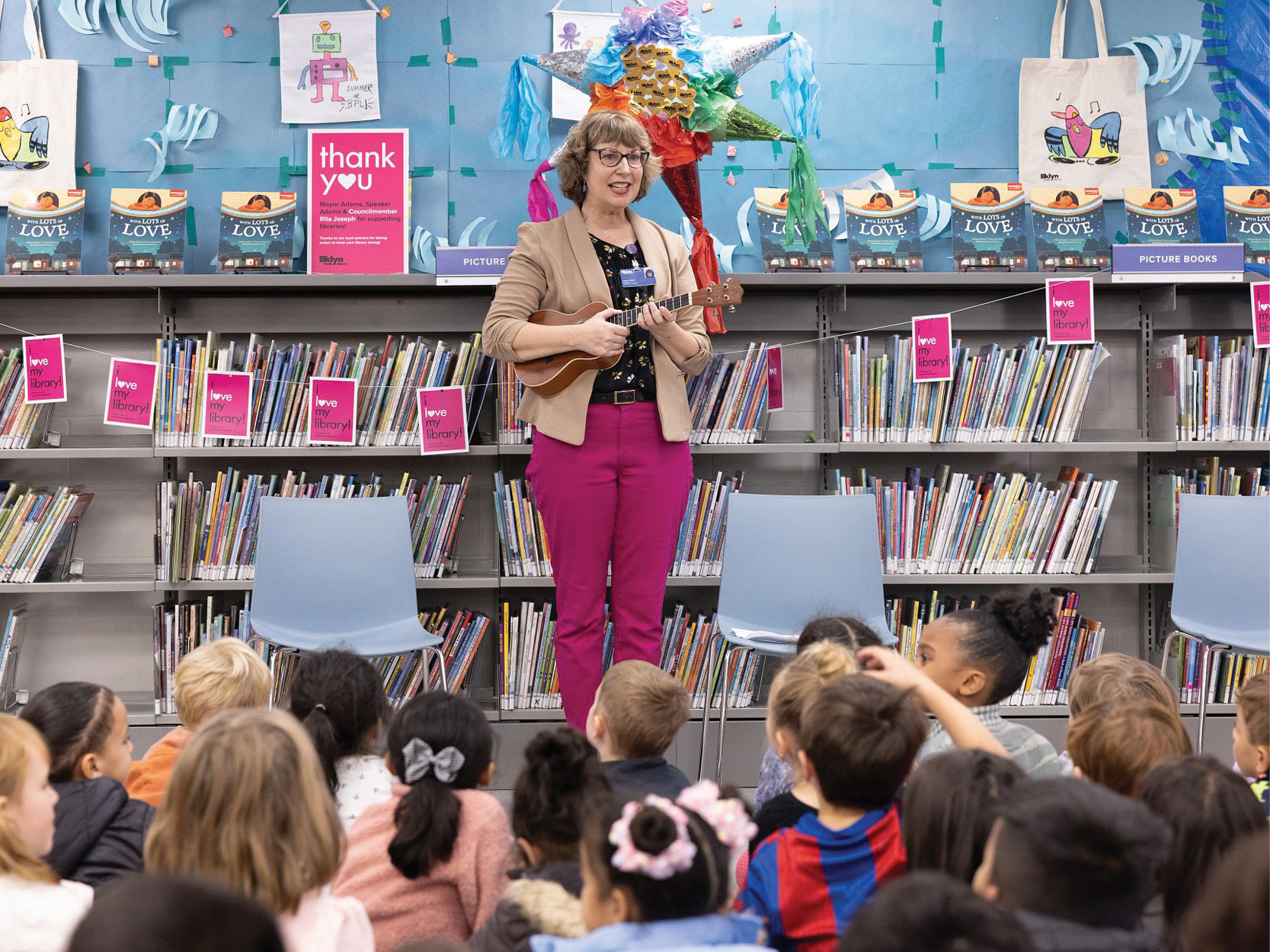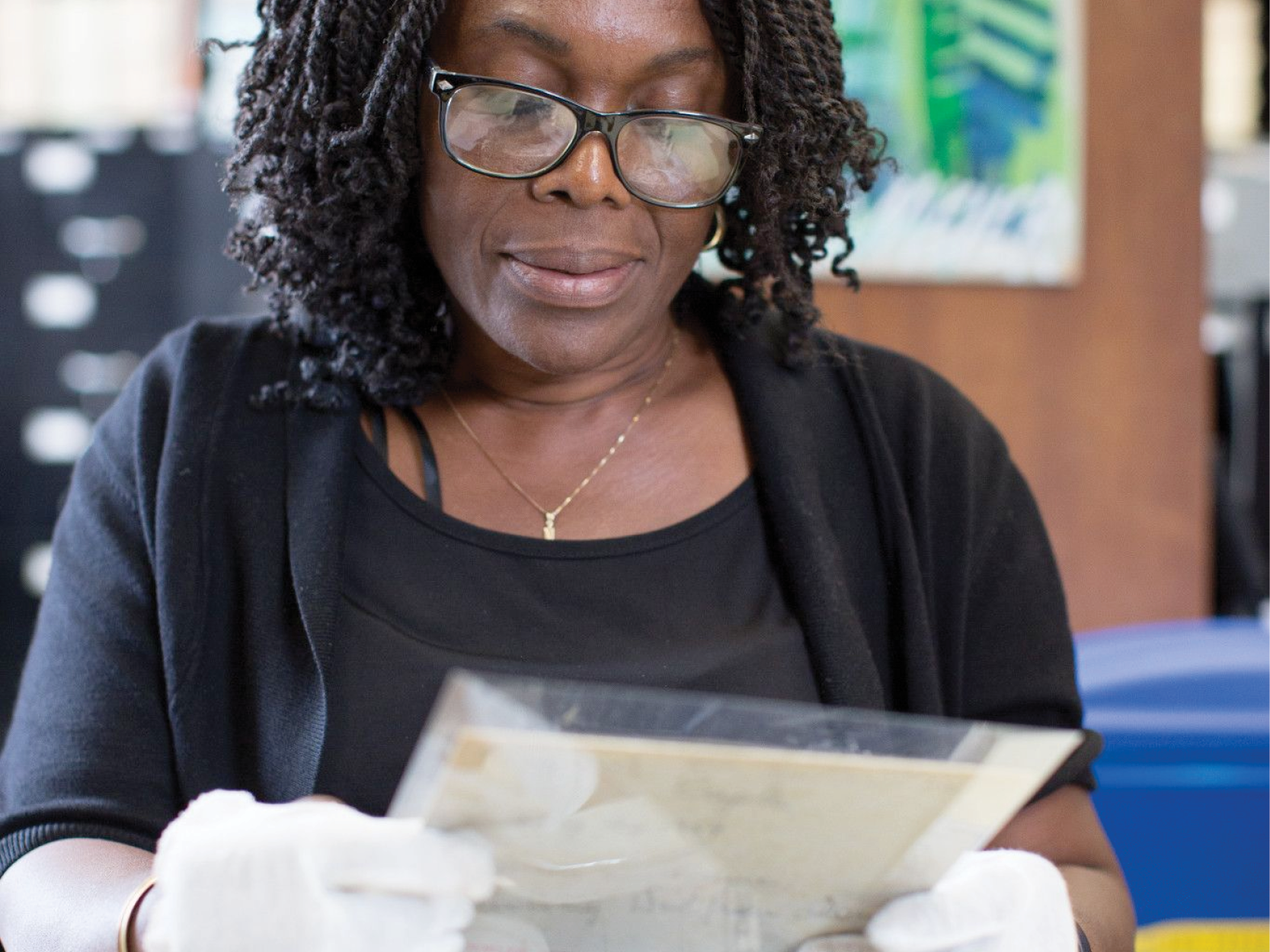In 2013 the Brooklyn Collection acquired several boxes of Brooklyn Dodgers memorabilia from Al Todres, a lifelong collector. Todres certainly wasn’t the only one actively collecting Brooklyn Dodgers material nearly 60 years after the team was transferred to Los Angeles. Why does a baseball team that left Brooklyn in the middle of the last century still inspire so much loyalty and curiosity? Every collector has a different answer, and it certainly goes beyond statistics and player performance. The team that would become the Dodgers played in Eastern Park when Brooklyn was still an independent city, through a depression and two world wars. The story of the Dodgers runs parallel to the development of modern Brooklyn, but it wasn’t always an easy story.
Baseball clubs were introduced to Kings County as early as the 1820s, with over 71 amateur teams playing in the county by 1851. Early prominent clubs included the Atlantics and the Ekfords, drawing players from the blue-collar workforce and attracting thousands of fans to games played all over the borough. In 1883, Charles Byrne opened the Washington Park baseball field on 5th Avenue and 3rd Street in Park Slope and formed a team called the Brooklyn Grays. The team joined the American Association in 1884 and the National League in 1890, by which time they were known as the Bridegrooms.


In 1891 the team was moved to Eastern Park, a 12,000 seat stadium in Brooklyn’s Brownsville neighborhood. The team was still known as the Bridegrooms but picked up several nicknames including the Superbas and the Brooklyn Trolley Dodgers, named after borough residents who had to “dodge” oncoming electric trollies. In 1898 Byrne died and was succeeded by his assistant, Charlie Ebbets. By 1899 Ebbets gained majority control over the team and in 1912 moved them to Ebbets Field, a new 37,000 seat stadium in Flatbush.
The team played and lost their first World Series game in 1916, in front of the largest crowd in baseball history. By 1920 the team was officially known as the Brooklyn Dodgers but was also called the Daffiness Boys, a nickname reflective of their performance on the field and outrageous behavior of players and management. The death of Charlie Ebbets in 1925 left the team open to poor management and a series of disastrous trades that led to a drop in ticket sales and a field in need of repairs. Things began to turn around in 1938 when Leland MacPhail was brought in as General Manager. MacPhail got rid of the Daffiness Boys and replaced them with some of the Dodgers' most iconic players, including Pee Wee Reese and Pete Reiser.

When the U.S. entered World War II MacPhail and several players enlisted. Branch Rickey was brought in from St. Louis as the new General Manager. In 1947 he signed Jackie Robinson, the first African American to play on a major league baseball team. On January 31st we’ll be celebrating Jackie Robinson’s 100th birthday. Robinson is synonymous with the Dodgers, but we would be doing his memory a disservice to forget that some of his teammates threatened to sit out rather than play with a black man. The racism and cruelty from fans, opposing teams, and even his own teammates couldn’t stop his exceptional talent on the field, earning him Rookie of the Year. The story of the Dodgers, like the story of Brooklyn, can be ugly.


The 1947 season kicked off an era often called the “glory days” with other star players including Roy Campanella, Duke Snider, and Gil Hodges. Brooklyn supported their team with steady game attendance, merchandise sales, and their own fight song, “Follow the Dodgers.” After years of close calls and near-misses the team finally captured a World Series title in the 1955 season.


After 43 years Ebbets Field was in a state of disrepair and team owner Walter O’Malley began to make plans for a new stadium in Brooklyn. O’Malley’s plan for a city-subsidized stadium at the intersection of Flatbush and Atlantic Avenue, that would provide more seats, parking and access to public transportation was rejected by Robert Moses, who proposed an alternative location in Queens, the eventual site of Shea Stadium. O'Malley's proposed location would be the eventual site of the Barclay's Center, a sports and entertainment arena opened in 2012. O’Malley began negotiations with the city of Los Angeles, which promised a growing market and space for a new stadium. The National League authorized the move on May 28, 1957, and the Los Angeles Dodgers played their first game on April 18, 1958.

After the excitement of the 1955 World Series win, it must have seemed impossible that the team could be playing for another city in just three years. The announcement devastated fans, some of whom had been cheering for the Dodgers their entire lives. A lifetime of cheering and loyalty doesn’t disappear overnight. The Dodgers might be gone, but their memory is alive and well, even in those who were born years after the last game at Ebbets Field. As long as there are people who love Brooklyn we’ll be talking about the Brooklyn Dodgers.
I was born in Queens in 1948
Ebbets Field was opened on
Yesterday, I attempted to
A couple of corrections:
Remembering:
I’d welcome comments on these
Post a Comment
While BPL encourages an open forum, posts and comments are moderated by library staff. BPL reserves the right, within its sole discretion, not to post and to remove submissions or comments that are unlawful or violate this policy. While comments will not be edited by BPL personnel, a comment may be deleted if it violates our comment policy.
eNews Signup
Get the latest updates from BPL and be the first to know about new programs, author talks, exciting events and opportunities to support your local library.






